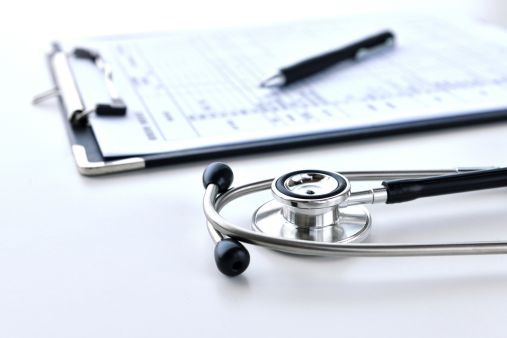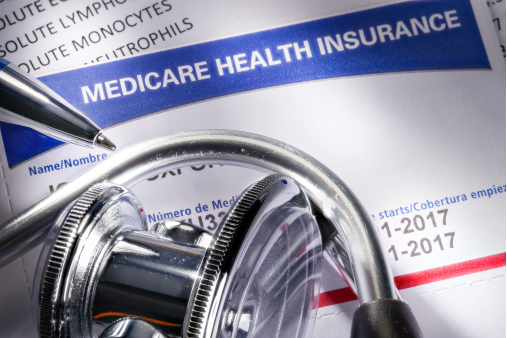The Food and Drug Administration (FDA) recently issued a final guidance titled, “Factors to Consider When Making Benefit-Risk Determinations in Medical Device Premarket Approval and De Novo Classifications.” Effective October 23, 2016, this guidance will replace a “final” guidance with the same name from March 2012.
Section 513(a) of the Federal Food, Drug & Cosmetic Act requires the FDA to determine whether pre-market approval (PMA) applications provide a “reasonable assurance of safety and effectiveness” by “weighing any probable benefit to health from the use of the device against any probable risk of injury or illness from such use,” among other relevant factors. Like the March 2012 version, this guidance summarizes the factors the FDA considers when making the risk-benefit determination and also contains several hypothetical examples to illustrate the process. Appendices to the guidance include the worksheet the FDA uses during the review to summarize its analysis and sample worksheets based on the hypothetical examples. The guidance, including the examples, seeks “to improve the predictability, consistency, and transparency of the review process for applicable devices” “[b]y providing greater clarity about FDA’s decision-making process.”
The sections of the guidance discussing risks and benefits are largely identical to the prior version. The guidance identifies the following factors the FDA considers when assessing the extent of the probable benefit(s) offered by a device:
- The type of benefit(s)
- The magnitude of the benefit(s)
- The probability a patient will experience the benefit(s)
- The duration of the benefit(s)
To assess the extent of the probable risks, the FDA considers the following factors:
- Severity, types, number and rates of harmful events associated with the use of the device, including:
- Device-related serious adverse events
- Device-related non-serious adverse events
- Complications from procedures
- Probability of a harmful event
- Duration of a harmful event
- Risk of false-positive or false-negative results for diagnostics
Most, if not all, of the changes from the prior version appear in the text on the following additional factors that the FDA takes into account in the benefit-risk determinations:
- The degree of certainty of the benefits and risks of a device
- Patient-centric assessments and patient-reported outcomes
- Characterization of the disease
- Patient perspectives
- Availability of alternative treatments or diagnostics
- Risk mitigation
- Post-market data
- Novel technology addressing unmet medical need
Notably, the paragraph on “patient-centric assessments and patient-reported outcomes” is new. It states that “validated health-related quality of life measures and other Patient-Reported Outcomes … allow the physician to better quantify the impact of the device on the patient’s well-being and help the patient make a more informed decision.” Paragraphs previously titled “Patient tolerance for risk and perspective on benefit” were re-titled “Patient perspectives” and have been revised.
Like the original version, Appendix B includes the FDA’s worksheet for making benefit-risk determinations and Appendix C includes some hypothetical examples of completed worksheets. Both appendices have been updated to incorporate the revised analysis of the “additional factors.”
The final guidance can provide more detail for those interested.
For more information, please contact the Barnes & Thornburg LLP attorney with whom you work or one of the following attorneys in the firm’s Food, Drug & Device Group: Lynn Tyler at (317) 231-7392 or lynn.tyler@btlaw.com; or Alicia Raines Barrs at (317) 231-7398 or alicia.rainesbarrs@btlaw.com.
Visit us online at www.btlaw.com/food-drug-and-device-law-practices.
© 2016 Barnes & Thornburg LLP. All Rights Reserved. This page, and all information on it, is proprietary and the property of Barnes & Thornburg LLP. It may not be reproduced, in any form, without the express written consent of Barnes & Thornburg LLP.
This Barnes & Thornburg LLP publication should not be construed as legal advice or legal opinion on any specific facts or circumstances. The contents are intended for general informational purposes only, and you are urged to consult your own lawyer on any specific legal questions you may have concerning your situation.
Visit us online at www.btlaw.com and follow us on Twitter @BTLawNews.













